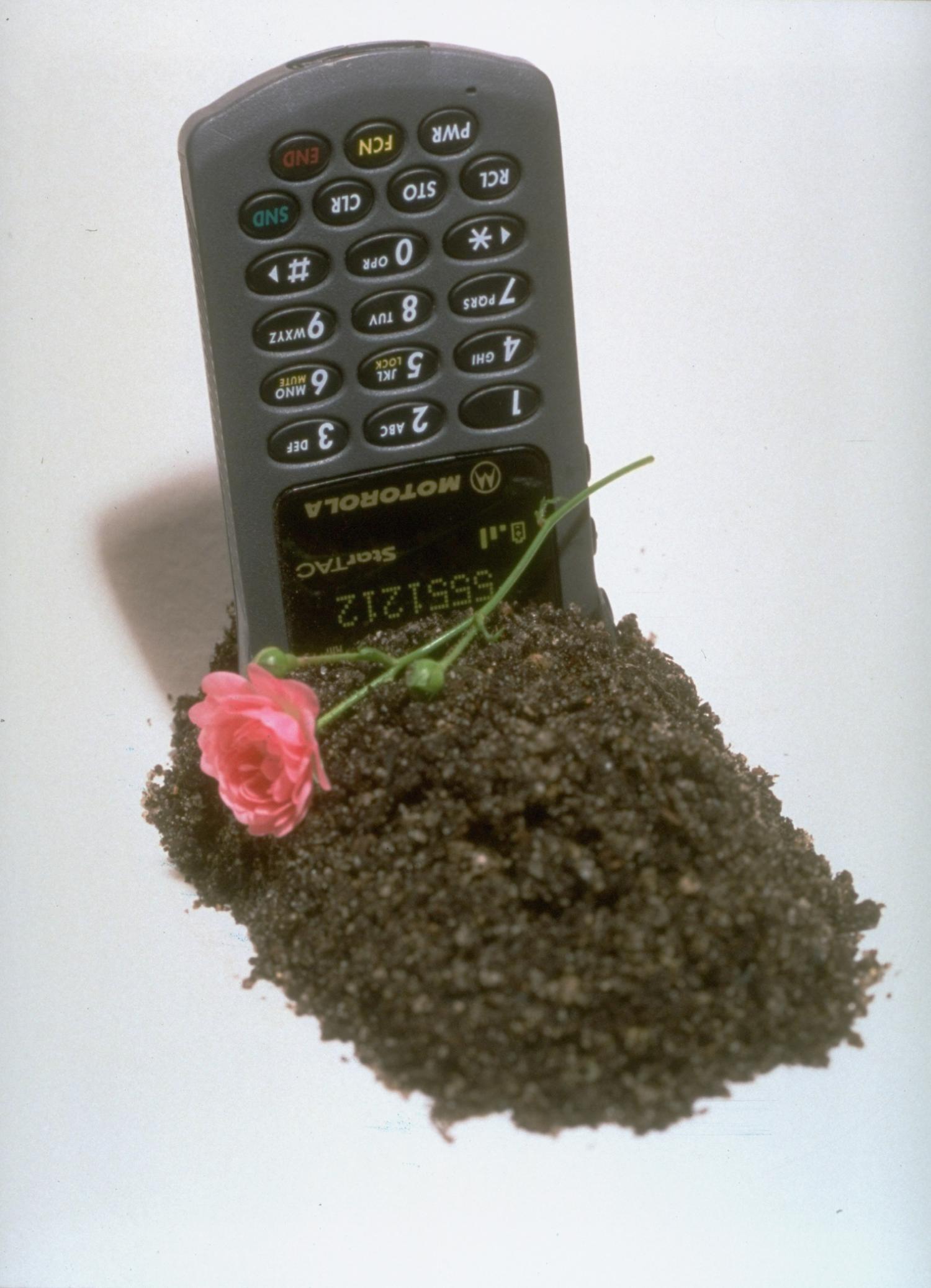
I remember my first cell phone. It was a hand-me-down Motorola StarTAC from my father.
As many who had cell phones during this time will remember, there was a liberating feeling in being able to talk to any one, any time, any place.
Smartphones didn’t exist at this point in time, and as the cellular industry grew, it went on a run where the central value of the device was telephony. Those days are gone. The phone as an app is the popular way to think about the role of telephony on a mobile device today.
While telephony still exists via an app on mobile devices, it’s not the central reason for buying a smartphone in today’s world. What are consumers buying? This is where the taxonomy breaks down. They aren’t buying a phone. While we call it a “smart phone,” those words are just labels.
When you sit down and really watch people use their smartphones, what are they doing? They take pictures, watch movies, check in on Facebook or Twitter, read the news, play games and more. So what if instead of buying a smartphone, consumers are buying cameras, mobile gaming consoles, portable TVs, newspapers, and whatever else the smartphone can turn into thanks to software?
While this may seem obvious, I’m not sure it’s obvious to consumers: Rather, it’s very subconscious. They may not realize cognitively they are shopping for a pocketable camera, game console, or TV, but they know they want those features and they want them to be great.
I think Benedict Evans summed up my thinking on this in this very poignant tweet:
Mobile is eating consumer electronics. The most personal device paired with diverse software allows it to eat as many use cases as the hardware and the software will allow. The death of the phone as the primary use case is the rise of the mobile camera plus connected sharing apps like Facebook, or the rise of the mass market mobile gaming console, or the rise of the portable TV.
This same thinking applies to tablets. What tasks the tablet absorbs are still being fleshed out, but we are seeing it absorb the load from the PC, the TV, magazines, books and more. The use cases the tablet can take on are only limited by its hardware and software evolution.
What makes all this interesting is that prior to smartphones, we bought a telephony device and that was it. Now consumers are buying this AND that, AND that, AND that, AND that all wrapped up into one product. As we look to how the landscape may evolve, we simply need to figure out what the next AND will be.
Bajarin is a principal at Creative Strategies Inc., a technology-industry-analysis and market-intelligence firm in Silicon Valley. He contributes to the Big Picture opinion column that appears here every week.
More Must-Reads From TIME
- The 100 Most Influential People of 2024
- The Revolution of Yulia Navalnaya
- 6 Compliments That Land Every Time
- What's the Deal With the Bitcoin Halving?
- If You're Dating Right Now , You're Brave: Column
- The AI That Could Heal a Divided Internet
- Fallout Is a Brilliant Model for the Future of Video Game Adaptations
- Want Weekly Recs on What to Watch, Read, and More? Sign Up for Worth Your Time
Contact us at letters@time.com